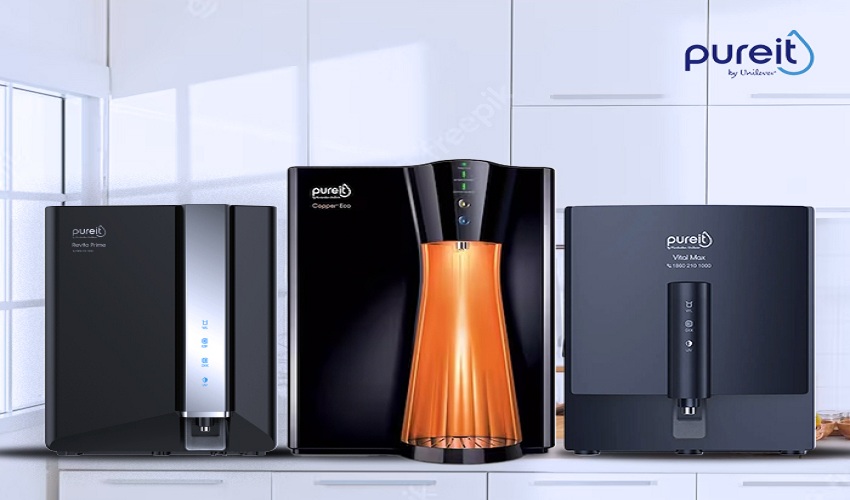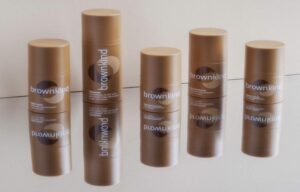Reverse osmosis and RO purifier importance explained
2 min read
Understanding Reverse Osmosis:
Reverse osmosis is a sophisticated filtration process that leverages a semi-permeable membrane to separate contaminants from water molecules. It involves applying pressure to push water molecules through the membrane, leaving behind dissolved solids, pollutants, and impurities. The result is water that is significantly purer and safer for consumption.
The Importance of RO Purifiers:
Safe Drinking Water: Contaminated water can harbor harmful microorganisms and pollutants that pose health risks when consumed. RO purifiers provide a powerful line of defense against these potential threats, ensuring that the water you drink is free from harmful agents. For example, Pureit Vital Max purifier uses #FiltraPower Technology that is proven to remove* toxic substances & and provide safe drinking water*.
Tackling Hard Water: In areas with high levels of dissolved minerals, commonly referred to as hard water, RO purifiers can effectively reduce water hardness. This not only improves the water’s taste and clarity but also prevents the buildup of scale in appliances and plumbing.
Enhanced Taste and Odor: Many impurities contribute to the unpleasant taste and odor of water. RO purifiers eliminate these elements, resulting in water that not only meets safety standards but is also more enjoyable to drink.
Aesthetic Improvement: Beyond health concerns, RO purifiers enhance the aesthetic qualities of water. By removing impurities, they contribute to clearer, more visually appealing water, which can influence everything from cooking to the appearance of beverages.
Choosing the Right RO Purifier:
When considering an RO purifier, several factors need to be taken into account to ensure optimal performance and value:
- Quality of the RO Membrane: The heart of an RO purifier is its membrane. High-quality membranes ensure efficient filtration and a longer lifespan of the system.
- Multi-Stage Filtration: Look for purifiers with multiple stages of filtration. Pre-filters, post-filters, and additional technologies like activated carbon or UV can enhance the effectiveness of the purification process.
- Water Wastage: While RO is highly efficient, it does produce some wastewater during the filtration process. Consider systems that incorporate water-saving technologies to minimize wastage.
- Flow Rate and Capacity: Choose a purifier that matches the water consumption needs of your household. Adequate flow rate and capacity ensure a sufficient supply of purified water.
In Conclusion:
Reverse osmosis technology has emerged as a game-changer in the world of water purification, offering a level of thoroughness and effectiveness that few other methods can match. RO purifiers play a vital role in safeguarding health, improving water aesthetics, and ensuring access to clean water for drinking and various daily activities. As water quality concerns continue to grow, investing in a quality RO purifier becomes not just a choice but a necessity in maintaining a healthy and hydrated lifestyle.
Disclaimers:
*Removes toxic substances like Industrial chemicals, pesticides and pathogens.
*Safety from virus & bacteria as per USEPA guidelines
#Based on 3P lab tests




